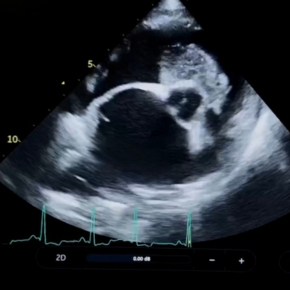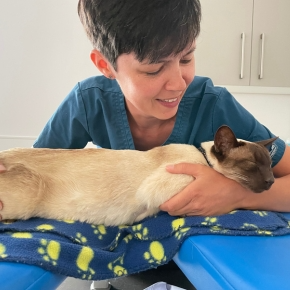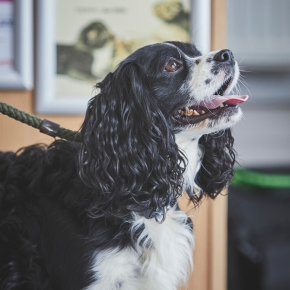
How pimobendan can change echocardiographic findings
Avoid misclassification of mitral valve disease in dogs receiving pimobendan

Cats with structural heart disease can seem deceptively well…right up until they decompensate. When it comes to anaesthesia, they require a little extra thought and planning.
This article focuses on hypertrophic cardiomyopathy (HCM), including hypertrophic obstructive cardiomyopathy (HOCM), and how to safely approach these cases in general practice.
Still unsure? For help with nuanced cases or cardiac comorbidities, we’re always happy to chat.
HCM is a diastolic disorder, not a volume loading condition like mitral valve disease in dogs. Systolic function is often preserved initially, but the thickened myocardium is stiff and can’t relax properly, which leads to:
It is very uncommon to hear a cardiologist recommend drugs like medetomidine in cardiac patients, but hear us out. In cats with early, stable disease (without significantly increased left atrial size, poor systolic function or imminent congestive failure) alpha-2s can:
However:
If you have a feline patient with known or suspected cardiac disease and are planning a procedure, we’re here to help with risk assessment, peri-anaesthetic planning, and ongoing case support.

Avoid misclassification of mitral valve disease in dogs receiving pimobendan

Understand how left atrial size can cause a cough in dogs with mitral valve disease in our article.